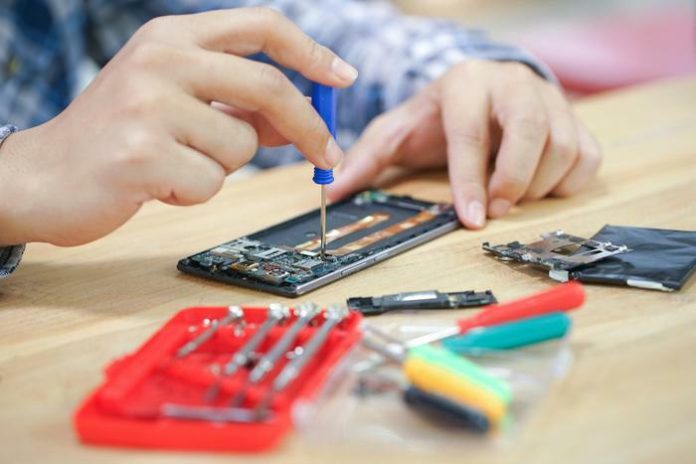Photo (c) Kris Anapong – Getty Images Was the same hammer that fell on Harley-Davidson and Westinghouse for failing to comply with the new ‘right to repair’ requirement just the first of many?
A new study found that 86% of device manufacturers surveyed keep repair manuals under wraps and do not share repair manuals with users.
This is also a gross error of the manufacturer. Home appliance repair manuals, like car repair manuals, are one of the top five requirements for the right to repair.
The research, presented to the Federal Trade Commission (FTC) by PIRG, iFixit and Repair.org, surveyed 50 device manufacturers, 37 device technicians and industry experts. It also reviewed a wide range of academic research on device repair.
“The manufacturers of our home appliances have an incentive to either monopolize or discourage repairs, forcing their customers to buy new products,” said Nathan Proctor, senior director of PIRG’s Right to Repair campaign. “People are fed up with it. It shouldn’t be that hard to access a repair guide. We want dishwashers and refrigerators that are easy to repair and last a long time.”
Consumers and service technicians are both left out in the cold
Believe it or not, even appliance repair professionals have had trouble accessing the information needed to repair an item. 89% of them reported having trouble locating service manuals. To add insult to injury, PIRG said technicians had to spend an outrageous amount of money on software sometimes required to fix equipment. GE, for example, charges $919 a year for software tools, effectively pricing “do-it-yourself” repairs and driving up repair costs.
A consumer who wants to play Mr. Fix-It? Forget it.
“Consumers who want to fix things themselves are out of luck. Device repair is in a sorry state and the FTC has an opportunity to make repairs more accessible and affordable for everyone,” said Elizabeth Chamberlain, iFixit’s director of sustainability.
Ok, FTC, the rest is up to you
The FTC always seems to pull through, but the experts think it’s something that needs to move to the forefront of the agency. While the FTC has promised to enforce the right to repair, the report suggests it can do more.
“The FTC would do well to include access to repair information directly on the EnergyGuide label, via QR codes, URLs, or both. Wider public access to device repair information would increase the feasibility of do-it-yourself repairs, increase competition in the repair market and ultimately benefit both the environment and consumers’ wallets,” the group recommended.
www.consumeraffairs.com
https://www.consumeraffairs.com/news/want-to-fix-your-broken-appliance-good-luck-in-getting-any-help-from-the-manufacturer-020323.html











